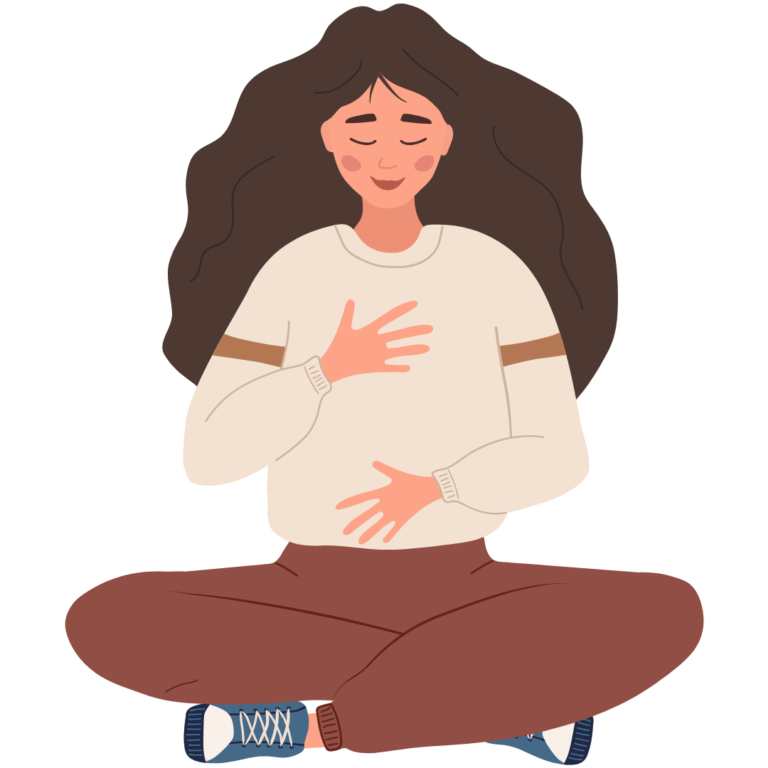We often encounter the term unconscious, which can be due to the various meanings that are attached to it. Unconscious can mean a state of not being awake. A more scientific definition tells us that the unconscious is a part of the psyche in which mental activity takes place that a person knows nothing about. This term was introduced by the romantic-philosopher Friedrich Schelling in his work “The System of Transcendental Idealism.” Fechner and Wilt pioneered the use of this term in experimental psychology, which states that the mind organizes a lot of disordered sensory data before it enters consciousness. To simplify, let’s imagine I am looking at a cup. The rays fall on the eye and go to the nerve, then to a certain center, but how the chemical processes are transformed mentally is unknown; it is a level of conjecture. All of these happen unconsciously.
The origin of dynamic psychiatry, which studies emotional processes and the mental mechanisms underlying them, is hypnosis. Hypnosis is a path to the unconscious mind.
Gavriel Knafo explored hypnosis and its connection with unconsciousness and presented several theories. one of which is neural reuse theory. Unconscious neural circuits are specific pathways in our brain that operate outside of our awareness, such as processing sensory information and generating instinctive responses. It is thought that unconscious neural circuits could be involved in hypnosis. When a cue is given, a specific unconscious circuit can be activated. In that way, people will carry out tasks without awareness.
Furthermore, the unconscious mind has been revealed when the subject loses consciousness during sleep and is under the influence of another about whom they know nothing. In such a way, during the 18th and 19th centuries, it was recognized that there is a phenomenon of double personality and that it can be lucid.
People with DID say that they suddenly become depersonalized. They might start hearing voices; people can detect that they don’t have control; they feel their bodies turning different.
We might recognize this from Faust. Faust’s interaction with Mephistopheles could be a symbol of an encounter with parts of himself that he isn’t conscious of. According to C.G. Jung, these unconscious bits are our shadows (repressed desires, ideas, etc.) that might emerge if we are not in control.
The unconscious is mostly made up of repressed memories. The brain regions that are active during suppression are the prefrontal cortex (managing emotions, attention, decision-making, and judgment), where there is more activation, and the hippocampus (memory area of the brain). The same can happen in the case of emotions. Prefrontal activation can downregulate the amygdala (involved in emotions). An individual might suppress their memories by sending signals from the dorsal lateral prefrontal cortex (involved in working memory) to disengage hippocampal areas; thus, people can prevent unwanted past experiences and memories.
In conclusion, the unconscious is very complex, and there have been debates going on for centuries. It plays a vital role in how we perceive the world and deal with mental health. The best way to deal with it is by using the golden rule in psychology: “What you are aware of, you control; what you don’t, it controls you.”
Written By: Marian Shengelia, Mental H2O Youth Resource Writer
. Romand, D. (2012). Fechner as a pioneering theorist of unconscious cognition. Consciousness and Cognition, 21(1), 562–572. https://doi.org/10.1016/j.concog.2012.01.003
Knafo, G., & Weinberger, J. (2024). Exploring the role of conscious and unconscious processes in Hypnosis: A Theoretical review. Brain Sciences, 14(4), 374. https://doi.org/10.3390/brainsci14040374
NPSAFoundation. (2012, November 16). Heather Berlin: “The Neural Basis of the Dynamic Unconscious” Part 1 [Video]. YouTube. https://www.youtube.com/watch?v=-HROrS0HRsM


